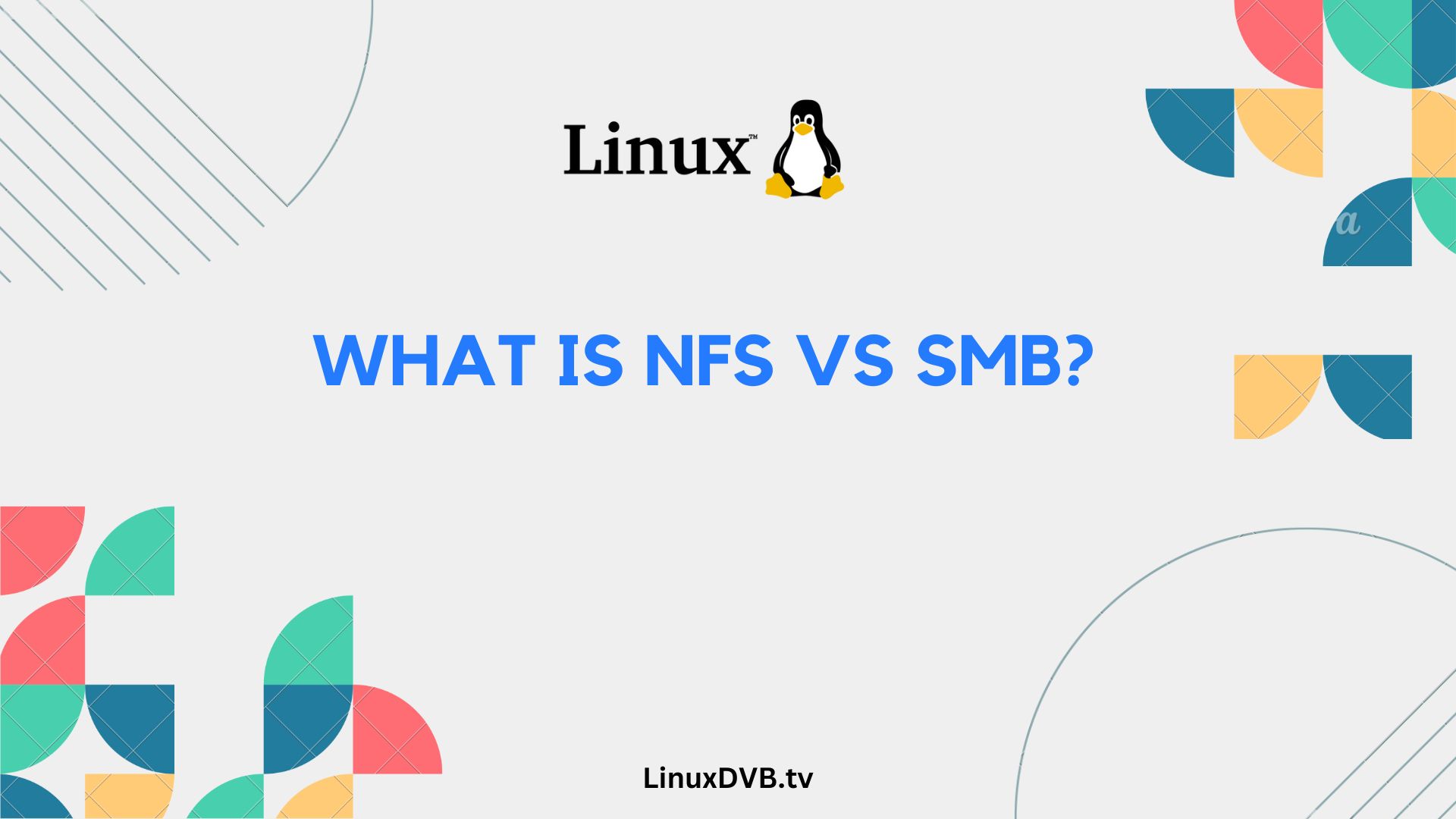Introduction
In today’s digital age, the world of file sharing and network protocols is ever-evolving. Two popular contenders in this arena are NFS (Network File System) and SMB (Server Message Block). These protocols play a crucial role in enabling file sharing and access over a network. In this comprehensive guide, we will explore the differences, similarities, strengths, and weaknesses of NFS and SMB. By the end of this article, you’ll have a clear understanding of which one suits your specific needs.
Table of Contents
What is NFS vs SMB?
Let’s start by unraveling the essence of NFS and SMB. Understanding the basics is the first step in making an informed choice.
Understanding NFS
NFS Basics
NFS, short for Network File System, is a distributed file system protocol that allows a user to access files over a network as if they were local. It was developed by Sun Microsystems and has been an integral part of the Unix and Linux ecosystems.
How NFS Works
NFS operates on the client-server model. The server exports one or more directories, and clients can mount these directories to access files. It uses Remote Procedure Call (RPC) to communicate between the client and server.
Key Features of NFS
- Seamless Integration with Unix-based Systems: NFS is the go-to choice for Unix and Linux environments, offering seamless integration and compatibility.
- Low Overhead: NFS has minimal overhead, ensuring efficient data transfer.
- Stateless Protocol: NFS is a stateless protocol, which means it doesn’t store any client information, making it highly scalable.
- Consistency: NFS ensures data consistency across multiple clients, critical for data integrity.
Pros and Cons of NFS
NFS Advantages
- Excellent for Unix Environments: NFS excels in Unix and Linux ecosystems.
- Low Resource Consumption: It consumes fewer system resources, leaving more for other tasks.
- High Performance: NFS offers high-performance file sharing for compatible systems.
NFS Disadvantages
- Limited Security: NFS can be less secure without proper configuration.
- Incompatibility: It may not work seamlessly with non-Unix systems.
- Complex Setup: Setting up NFS can be complex for beginners.
Understanding SMB
SMB Basics
Server Message Block (SMB), also known as Common Internet File System (CIFS), is a network protocol developed by Microsoft. It facilitates the sharing of files, printers, and various resources between devices on a network.
How SMB Works
SMB is a client-server protocol, much like NFS. It enables users to access shared resources on a network. SMB operates over TCP/IP and uses the NetBIOS or direct TCP connections for communication.
Key Features of SMB
- Cross-Platform Compatibility: SMB is known for its cross-platform support, making it ideal for mixed environments.
- User Authentication: SMB offers robust user authentication and access control.
- Integration with Windows: It seamlessly integrates with Windows operating systems.
- Name Resolution: SMB can use either NetBIOS or DNS for name resolution.
Pros and Cons of SMB
SMB Advantages
- Cross-Platform Compatibility: SMB is versatile and works across different platforms, including Windows, macOS, and Linux.
- Strong Security: It offers robust security features, including user authentication and encryption.
- Easy Setup: SMB is relatively easy to set up, making it user-friendly.
SMB Disadvantages
- Performance Overhead: SMB can introduce more performance overhead compared to NFS.
- Licensing Costs: Some advanced features of SMB may require licensing fees.
- Less Efficient for Unix: While it’s compatible, it might not be as efficient in Unix environments.
Comparing NFS and SMB
Now that we have a clear understanding of both protocols let’s compare them in various aspects to help you make an informed decision.
Performance Comparison
Performance is a critical factor when choosing a file sharing protocol. NFS and SMB have their own performance characteristics.
Security Comparison
Security is paramount when it comes to file sharing. Let’s examine how NFS and SMB stack up in this regard.
Compatibility Comparison
Compatibility with various systems can be a deciding factor. We’ll delve into the compatibility aspects of NFS and SMB.
Use Cases Comparison
Different scenarios call for different solutions. Let’s explore the ideal use cases for NFS and SMB.
Ease of Use Comparison
The ease of setting up and using a protocol can greatly impact your choice. We’ll assess the user-friendliness of NFS and SMB.
Cost Comparison
Cost-effectiveness is a significant consideration for businesses. We’ll evaluate the cost implications of NFS and SMB.
NFS vs SMB FAQs
Have questions about NFS and SMB? We’ve got you covered.
FAQs
What is NFS and SMB?
NFS (Network File System) and SMB (Server Message Block) are network protocols used for sharing files and resources over a network.
How do NFS and SMB differ?
NFS is primarily used in Unix environments, while SMB is more versatile and compatible with Windows, macOS, and Linux.
When to use NFS or SMB?
Use NFS for Unix-based systems and SMB for mixed environments with Windows, macOS, and Linux.
Which is better for large files?
NFS is often preferred for large file transfers due to its lower overhead.
Can NFS and SMB coexist?
Yes, NFS and SMB can coexist on the same network, allowing different systems to communicate.
What are the alternatives to NFS and SMB?
Alternatives to NFS and SMB include FTP, SFTP, and WebDAV, depending on your specific requirements.
Conclusion
In the NFS vs SMB showdown, the choice ultimately boils down to your specific needs and environment. NFS shines in Unix-based ecosystems, offering low overhead and seamless integration. On the other hand, SMB’s cross-platform compatibility and robust security make it a strong contender for mixed environments.

